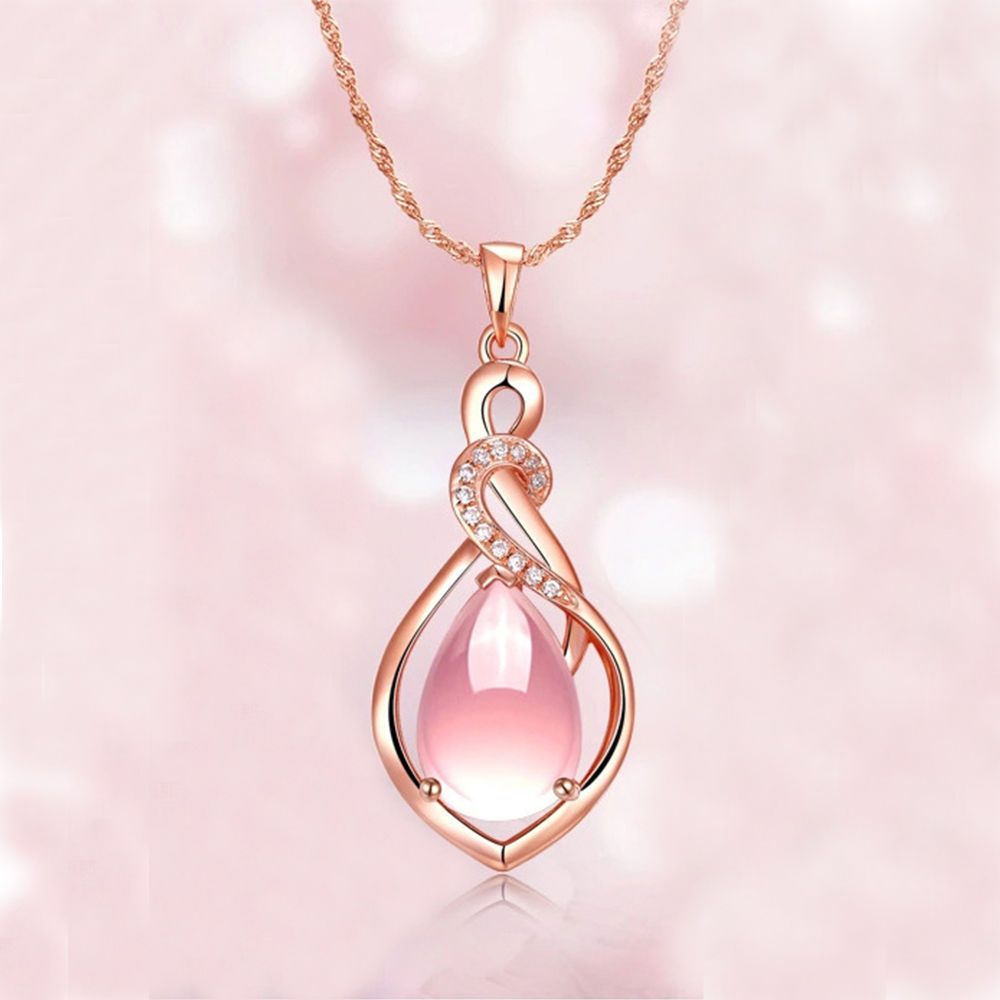Have you ever wondered how are jewelry beads made? Whether it’s for crafting or fashion, beads have been an essential part of human adornment for thousands of years. From ancient civilizations to modern-day fashion trends, the art of bead making has evolved and diversified, offering a wide range of materials, styles, and techniques.
The history of jewelry beads dates back to ancient times when they were used as currency, symbols of power, and for religious and cultural significance. Over time, bead making techniques have developed and spread globally, resulting in a rich and varied tradition of craftsmanship.
From natural materials like precious stones and metals to modern synthetic materials, jewelry beads can be made from a variety of substances. Each material brings its own unique characteristics to the finished product, contributing to the diversity and creativity in bead making.
The process of creating jewelry beads involves a series of intricate steps from raw material to finished product. Traditional techniques such as hand carving and molding are still practiced today alongside modern methods that utilize advanced technology. The result is a wide array of beads with different shapes, sizes, colors, textures, and finishes.
The Materials
Jewelry beads can be made from a variety of materials, and each material adds its own unique characteristics to the finished bead. Here are some of the most common materials used in bead making:
- Glass: Glass beads are one of the oldest types of beads, with a history dating back thousands of years. They can be made using different techniques such as lampworking, where glass is melted and shaped over a flame, or through molding and pressing.
- Gemstones: Gemstone beads are prized for their natural beauty and unique patterns. These beads are often created by cutting and shaping rough gemstone material such as jade, turquoise, amethyst, or lapis lazuli.
- Metal: Metal beads can be made from various metals such as gold, silver, copper, brass, and more. They can be formed through techniques like casting, stamping, or wirework to create intricate designs.
- Plastic: Plastic beads come in a wide range of colors, shapes, and sizes. They are often mass-produced using injection molding or extrusion processes.
- Wood: Wooden beads have a warm and natural look. They are typically carved or turned on a lathe from various types of wood such as ebony, rosewood, sandalwood, or maple.
Understanding the different materials used in bead making provides insight into the diversity of options available for jewelry designers and crafters. Each material offers its own set of benefits and challenges when it comes to creating beautiful pieces of jewelry. Whether it’s the translucency of glass, the durability of metal, or the earthy warmth of wood – the choice of bead material plays a significant role in determining the overall aesthetic and appeal of the final jewelry piece.
From Raw Material to Bead
Beads have been an integral part of human adornment for thousands of years, with archaeological evidence dating their use back to ancient civilizations. They have been made from a variety of materials including glass, metal, clay, stone, wood, and even plant seeds. But how are jewelry beads made? The process of transforming raw material into a finished bead involves several intricate steps that vary depending on the type of bead being produced.
Gathering and Preparing Raw Materials
The first step in the manufacturing process involves gathering the raw materials needed for making beads. This can include sourcing natural materials like stones or minerals, melting down glass or metal alloys, or harvesting organic materials like seeds or wood. Once collected, these raw materials need to be cleaned, sorted, and processed to remove any impurities before they can be used in the bead-making process.
Forming and Shaping
After the raw materials have been prepared, they are then shaped into the desired form for the beads. For example, if using glass as a raw material, it needs to be melted and molded into shape using molds or tools. Natural materials like stone or wood may be carved and polished by hand to achieve the desired size and shape. This step requires precision and skill to ensure each bead is uniform in size and shape.
Decorating and Finishing
Once the beads have been formed into their basic shape, they may then undergo additional decorative processes such as painting, engraving, etching, or embellishment with other materials like metals or gemstones. These decorative elements add uniqueness and character to each bead. Finally, the beads are finished by polishing or sealing them to protect against wear and tear.
The manufacturing process of jewelry beads is a fascinating blend of traditional craftsmanship and modern techniques that require skilled artisans with a deep understanding of different materials and their properties. Whether it’s glass blowing in Murano, Italy or intricate carving in Nepal, bead making continues to be an art form that has persisted throughout history.
Traditional Techniques vs Modern Methods
The art of making jewelry beads has a rich history that dates back thousands of years. Throughout this time, the techniques and methods used to create beads have evolved significantly. Traditional bead making involved handcrafting each individual bead using materials such as clay, glass, wood, and natural stones. Each bead was meticulously shaped and polished by skilled artisans, resulting in unique and one-of-a-kind pieces.
In contrast, modern bead making has been revolutionized by technology and machinery. Mass production techniques have made it possible to create large quantities of uniform beads in a fraction of the time it would take to make them by hand. Advances in manufacturing processes have also led to the use of alternative materials such as plastic, metal, and synthetic gemstones in bead production.
Despite the shift towards modern methods, there is still a demand for traditionally crafted beads due to their uniqueness and artisanal quality. Many jewelry makers continue to value the authenticity and craftsmanship of handmade beads over mass-produced ones. Additionally, traditional techniques are being preserved by artisans who recognize the cultural and historical significance of these age-old practices.
As technology continues to advance, it will be interesting to see how traditional techniques and modern methods coexist within the bead making industry. The challenge will be finding a balance between preserving traditional craftsmanship while embracing innovative manufacturing processes. Ultimately, both approaches contribute to the diversity and creativity found in the world of jewelry beads.
The Artistry of Bead Making
Bead making is not only a process of creating beautiful accessories, but it is also an art form that requires skill, precision, and creativity. The artistry of bead making lies in the design and craftsmanship that goes into each individual bead. Whether handcrafted or machine-made, beads are created with attention to detail and a keen eye for aesthetics.
Handcrafted Beads
Handcrafted beads are often made by skilled artisans who have mastered the art of bead making through years of practice and dedication. These beads are meticulously crafted using traditional techniques and tools, resulting in unique and one-of-a-kind pieces. Artisans may use various materials such as glass, clay, metal, or natural stones to create intricate designs and patterns on each bead.
Machine-Made Beads
On the other hand, machine-made beads are produced using modern technology and advanced manufacturing processes. While these beads may lack the individuality of handcrafted ones, they are mass-produced to meet the demands of the market. However, even with machine production, there is still an element of artistry involved in the design process to create visually appealing beads that meet current fashion trends.
Design Inspiration
The artistry of bead making also extends to the creative inspiration behind each design. Whether drawing from cultural traditions or incorporating contemporary influences, bead makers bring their unique perspectives to their designs. From intricate patterns to bold color combinations, the artistry of bead making shines through in every aspect of the design process.
As we explore the artistry of bead making, it becomes evident that this craft is more than just a practical skill – it is a form of expression that reflects culture, tradition, and artistic innovation. Whether handmade or machine-produced, each bead represents the dedication and creativity of its maker. The artistry behind every bead adds value to jewelry making by providing endless possibilities for creating stunning pieces that capture the essence of beauty and craftsmanship.
Specialty Beads
One of the most intriguing aspects of specialty beads is the wide range of materials used in their production. When considering how are jewelry beads made, it is important to note that specialty beads can be crafted from natural materials such as bone, horn, or shells, as well as from more exotic sources like coral, amber, or even meteorites. These rare and unique materials bring a level of exclusivity to bead making, appealing to collectors and enthusiasts alike.
In addition to their rarity, specialty beads often require specialized techniques for crafting due to their unique properties. For example, certain gemstones may need to be carefully cut and polished by hand in order to fully showcase their natural beauty. Furthermore, the scarcity of some materials means that specialty bead production is often limited, adding even more allure to these exceptional pieces.
| Specialty Bead Material | Crafting Technique |
|---|---|
| Exotic wood | Hand carving and polishing |
| Amber | Heat treatment and shaping |
| Meteorite | Cutting and polishing with diamond tools |
Global Influences
Bead making is a worldwide craft that has been practiced for thousands of years, with distinct styles and techniques emerging from different cultures around the globe. From the intricate glass beads of Venice to the vibrant and colorful beads of Africa, each region has its own unique bead making traditions that have been passed down through generations. Here are some examples of how bead making varies across different regions:
- Venetian Glass Beads: The city of Venice has a long history of producing exquisite glass beads, often crafted using lampworking techniques. Skilled artisans create decorative patterns and vibrant colors within the glass, resulting in high-quality beads that are highly sought after by jewelry makers all over the world.
- African Trade Beads: Historically used as a form of currency and for trade across the continent, African trade beads are known for their bold and vivid designs. Made from various materials such as glass, metal, and clay, these beads hold cultural significance and are often incorporated into traditional tribal jewelry.
- Native American Beadwork: Indigenous tribes in North America have a rich tradition of beadwork, using materials such as shells, seeds, and animal bones to create intricate designs. Each tribe has its own distinctive style of beading, representing their unique heritage and spiritual beliefs.
As global communication and travel continue to expand, contemporary bead makers have been inspired by diverse cultural influences from around the world. This has led to innovative collaborations between artists from different regions to create new styles of beads that blend traditional techniques with modern design concepts.
Bead making around the world not only showcases the diversity of artistic expression but also promotes cultural exchange and appreciation for traditional craftsmanship. Whether it’s through attending bead-making workshops or collecting unique beads from different countries, enthusiasts have countless opportunities to explore the rich tapestry of global influences on this timeless art form.
The Future of Bead Making
Bead making has a long history, with the craft dating back thousands of years. Throughout the centuries, jewelry beads have been made from a wide variety of materials including glass, metal, wood, plastic, and gemstones. The process of creating these tiny ornamental objects has evolved significantly over time, with modern technology and innovations playing a crucial role in shaping the future of bead making.
In recent years, there has been a growing trend towards sustainable and eco-friendly practices in bead making. Artisans and manufacturers are increasingly using recycled materials such as paper, fabric scraps, and even repurposed plastics to create unique and environmentally conscious beads. Additionally, there is a rising interest in ethical sourcing of natural materials such as pearls, coral, and turquoise to ensure that bead production is not harming the environment or exploiting vulnerable communities.
Another major innovation in bead making is the use of 3D printing technology to create intricate and highly detailed beads. This modern method allows for greater precision and customization in bead design, opening up new possibilities for jewelry makers and designers. With 3D printing, it is now possible to produce beads in a wide range of shapes and sizes that were previously difficult or impossible to achieve using traditional techniques.
As the demand for handmade and artisanal products continues to grow, there is also a renewed interest in traditional bead making techniques such as lampworking, where glass rods are melted and manipulated to form beads. These age-old methods are being combined with contemporary designs and styles to create one-of-a-kind beads that capture the beauty of tradition while embracing innovation.
| Trend | Innovation |
|---|---|
| Sustainable Materials | Recycled paper/fabric/plastics |
| 3D Printing | Precision and customization |
| Combining Traditional Techniques with Contemporary Designs | Lampworking with modern styles |
Practical Applications
In conclusion, the process of creating jewelry beads is a fascinating journey that intertwines history, culture, and craftsmanship. From ancient traditions to modern innovations, bead making has evolved into a global art form that continues to captivate artisans and enthusiasts alike. The materials used in bead making range from natural elements like wood and stone to more modern options such as glass and plastic, each contributing to the diversity of bead styles available today.
The practical applications of jewelry beads in the art of jewelry making are endless. Beads serve as versatile components that can be strung, woven, or embroidered into intricate patterns, adding texture, color, and dimension to jewelry designs. Whether it’s adorning necklaces, bracelets, earrings, or even clothing and accessories, beads play an essential role in enhancing the aesthetic appeal of jewelry pieces.
As we look toward the future of bead making, trends and innovations continue to push the boundaries of creativity. With advancements in technology and design techniques, we can expect to see even more diverse and unique bead styles emerging in the market.
Additionally, there is a growing interest in sustainable and ethically sourced materials, leading to an increased focus on eco-friendly options for bead production. Overall, the world of jewelry bead making is a dynamic and ever-evolving industry that showcases the beauty of traditional craftsmanship alongside modern ingenuity.
Frequently Asked Questions
What Are Jewelry Beads Made From?
Jewelry beads can be made from a variety of materials such as glass, plastic, wood, metal, gemstones, clay, and even natural materials like seeds or shells. Different materials offer unique textures and colors for jewelry making.
What Is the Process of Making Beads?
The process of making beads involves shaping the raw materials into small, symmetrical forms. This can be done through molding, carving, or drilling. Once the basic shape is achieved, the beads are often polished or coated to achieve a smooth and shiny finish.
How Are Round Stone Beads Made?
Round stone beads are typically made by cutting and shaping a piece of natural stone material into a spherical shape. This process involves precision cutting using tools like saws and grinders to create uniform round beads. The stones are then smoothed and polished to highlight their natural colors and patterns before being drilled for stringing in jewelry making.

Welcome to my jewelry blog! My name is Sarah and I am the owner of this blog.
I love making jewelry and sharing my creations with others.
So whether you’re someone who loves wearing jewelry yourself or simply enjoys learning about it, be sure to check out my blog for insightful posts on everything related to this exciting topic!





